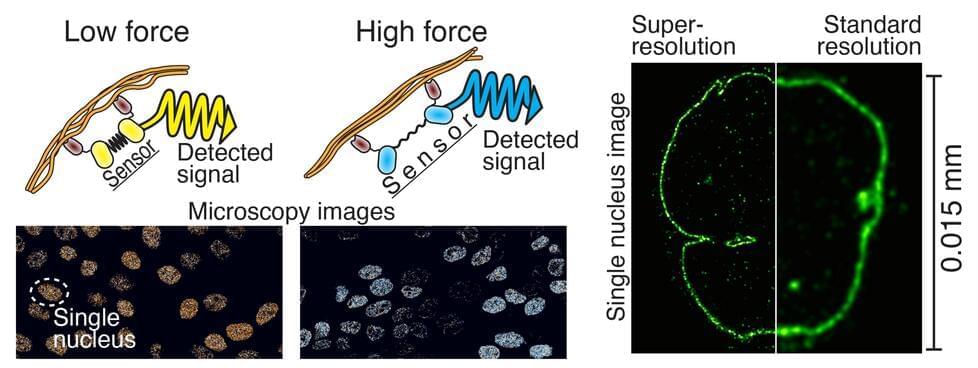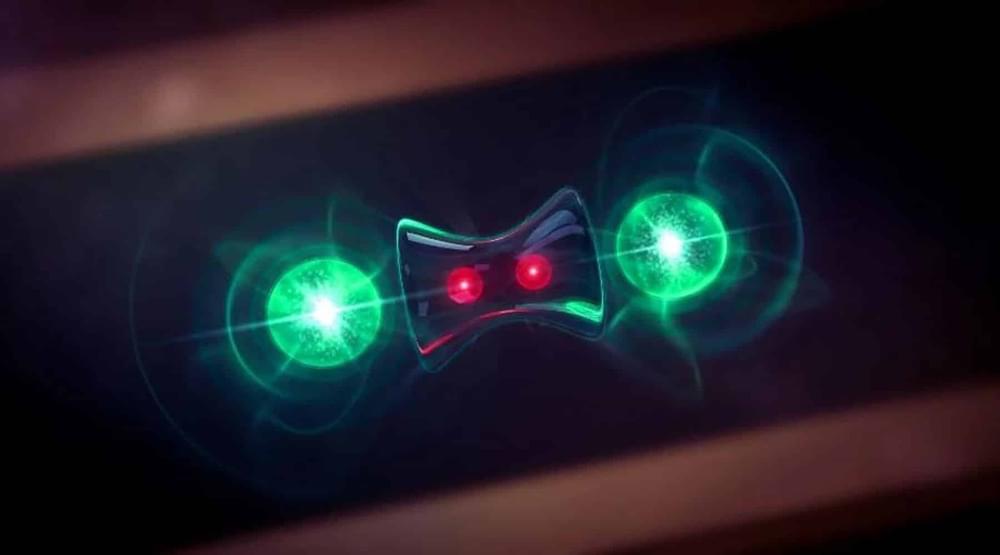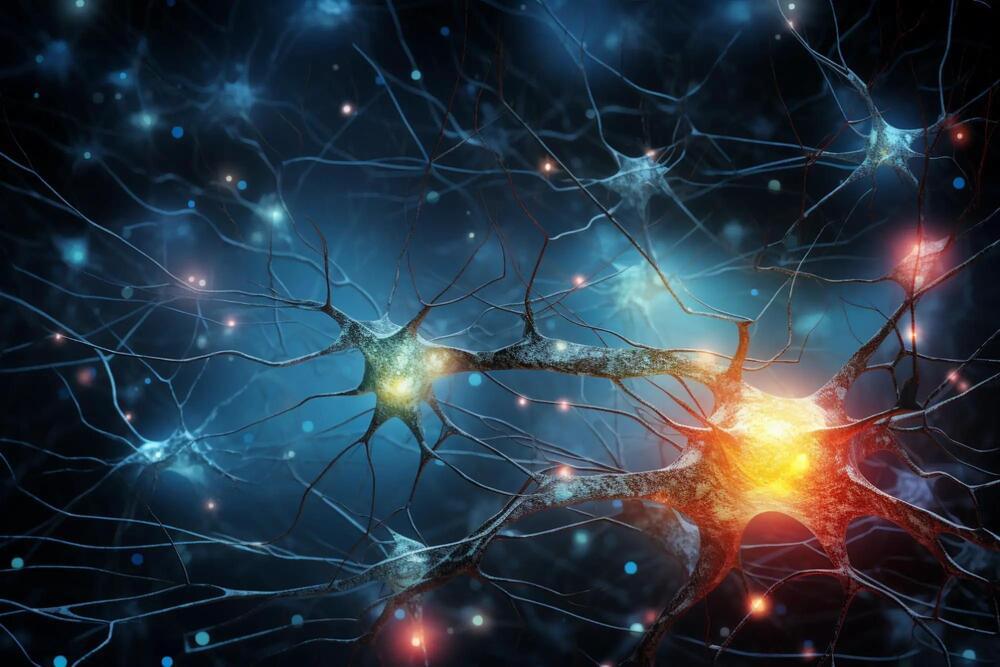Enter AI. Multiple deep learning methods can already accurately predict protein structures— a breakthrough half a century in the making. Subsequent studies using increasingly powerful algorithms have hallucinated protein structures untethered by the forces of evolution.
Yet these AI-generated structures have a downfall: although highly intricate, most are completely static—essentially, a sort of digital protein sculpture frozen in time.
A new study in Science this month broke the mold by adding flexibility to designer proteins. The new structures aren’t contortionists without limits. However, the designer proteins can stabilize into two different forms—think a hinge in either an open or closed configuration—depending on an external biological “lock.” Each state is analogous to a computer’s “0” or “1,” which subsequently controls the cell’s output.




